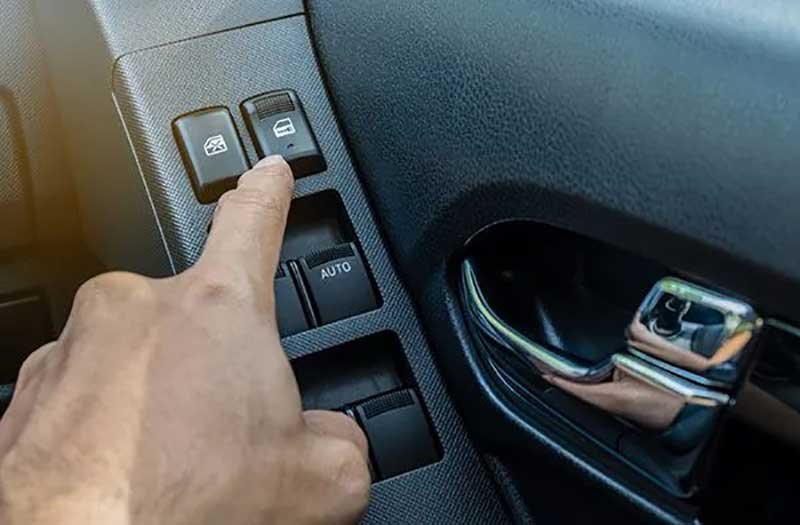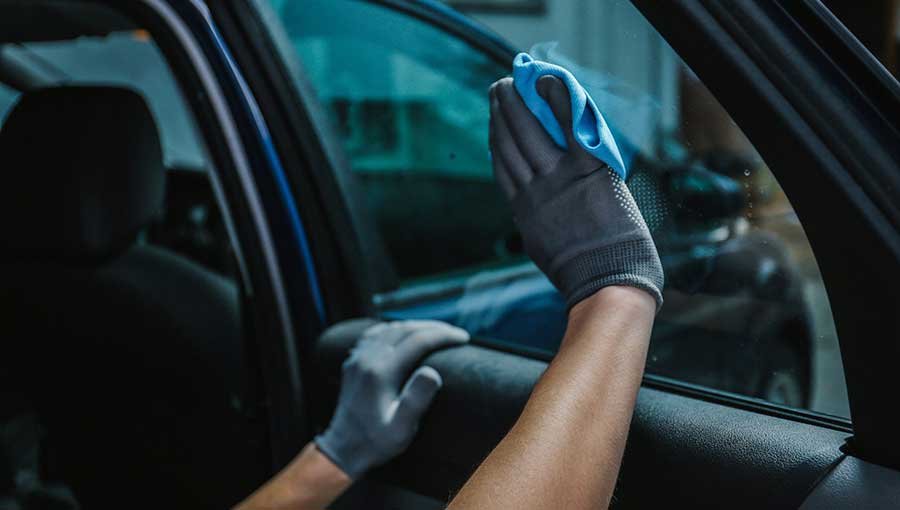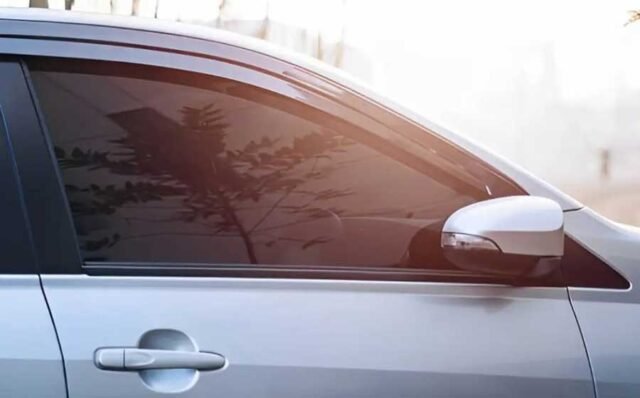Installing window tint is one of the best decisions you can make for your car. It enhances privacy, reduces glare, blocks harmful UV rays, and gives your vehicle a sleek, polished look. But like any investment, proper care is essential to preserve these benefits. In this guide, we’ll explore everything you need to know about window tint maintenance, from daily care tips to recognizing when it’s time for a replacement. Whether you’re new to tinting or want to prolong your current film, this comprehensive guide will teach you how to maintain window tint for long-lasting results.
How Maintenance Impacts Appearance, Longevity, and Performance
The way you maintain your window tint directly affects how good it looks, how long it lasts, and how well it performs. Poor maintenance can cause bubbling, peeling, and discoloration, which not only looks bad but also reduces the effectiveness of the tint in blocking UV rays and heat. On the other hand, regular window tint care can help it stay crystal clear, bonded to the glass, and functioning as intended for many years.
When you commit to protect window tint from damage, you’re also preserving your car’s resale value, comfort, and aesthetic appeal. Just like paint or upholstery, tint requires attention—especially during seasonal changes or after installation.
How Long Does Window Tint Typically Last?
Most high-quality window tints last between 5 to 10 years, depending on various factors. Here’s what influences their longevity:
• Quality of the film: Professional-grade films last longer than cheap, DIY kits.
• Installation technique: Poor installation can cause premature peeling or bubbling.
• Climate and exposure: Excessive sun exposure, especially in hot climates, can reduce the lifespan.
• Maintenance habits: Regular cleaning and care can significantly prolong window tint lifespan.

Ceramic and metalized tints often outlast dyed films. With proper window tint maintenance, you may not need a replacement for a decade or more.
Top Tips for Window Tint Maintenance
Learning how to maintain window tint doesn’t require much effort—it just requires consistency and the right techniques. Here are some essential practices for window tint care:
1. Use Soft Materials for Cleaning
Always use a microfiber cloth or soft sponge to avoid scratching the film. Paper towels and abrasive fabrics can damage the tint over time.

2. Avoid Ammonia-Based Cleaners
One of the top rules in window tint maintenance is to never use ammonia-based glass cleaners. Ammonia breaks down the adhesive in the tint film and causes discoloration. Stick to tint-safe cleaners or make your own with a mix of water and a few drops of dish soap.
3. Be Gentle When Washing
Avoid excessive scrubbing or using pressure washers near the edges of your tinted windows. Use circular, light motions and avoid soaking the window seals.
4. Park in the Shade
To prolong window tint lifespan, try to park your car in shaded areas or use sunshades to limit direct UV exposure when parked.

5. Regular Inspections
Take a few moments each month to check your windows for early signs of damage like bubbles, edge-lifting, or fading.
What to Avoid After Getting Your Windows Tinted
Right after a fresh tint job, your windows are in their most delicate state. During the curing period, which typically lasts 2 to 5 days, follow these precautions:
1. Don’t Roll Down the Windows
Resist the urge to open tinted windows for at least 3–5 days. Rolling them down early can peel or shift the film before it has fully bonded.

2. Avoid Cleaning for the First Week
Give the film enough time to settle. Cleaning too soon—even with soft cloths—can ruin the installation.
3. Watch for Moisture Bubbles
It’s normal to see small hazy spots or moisture bubbles for the first few days. These should disappear as the film cures. If they persist beyond a week, contact the installer.
By knowing what to avoid right after tinting, you protect window tint from damage at its most vulnerable stage.
Cleaning Products Safe for Tinted Windows
Using the right products is crucial to window tint care. Here are some safe and effective options:
Recommended Cleaning Solutions:
• Water + a few drops of baby shampoo or dish soap (no harsh chemicals)
• Vinegar and water mix (avoid high acidity; dilute properly)
• Commercial tint-safe cleaners, such as:
• Chemical Guys Window Clean
• Invisible Glass with Tint-Safe Formula
Tools to Use:
• Microfiber towels
• Soft foam sponges
• Rubber-edged squeegees
Avoid:
• Windex or any cleaner with ammonia
• Abrasive brushes or scouring pads
Using the right cleaning supplies will help you maintain clarity and prolong your window tint lifespan.
Signs Your Window Tint Needs Replacement or Repair
Even with the best window tint maintenance, films eventually degrade. Here are signs it’s time for a touch-up or replacement:
1. Bubbling
Trapped air or moisture bubbles mean the adhesive is failing. This can block visibility and worsen over time.

2. Peeling Edges
Peeling around window corners or edges often indicates the film is lifting due to heat, moisture, or improper installation.

3. Fading or Discoloration
If your tint has gone from deep black to purple or transparent, it’s a sign the UV resistance is gone.
4. Scratches or Haze
Frequent cleaning with rough materials can create surface damage that clouds your view.

5. Reduced Heat or UV Blocking
If your car feels hotter inside or you’re noticing more glare, the tint might no longer be performing efficiently.
By catching these signs early, you can protect window tint from damage and replace it before it becomes a bigger issue.
Professional vs DIY Window Tint Care: Which Is Better?
When it comes to maintaining your tinted windows, you might wonder whether to do it yourself or trust a pro. Here’s a breakdown:
DIY Tint Care:
• Cost-effective and convenient
• Good for regular washing and spot checks
• Great if you follow proper window tint care techniques
But…
• Mistakes like using the wrong cleaner or cloth can reduce tint lifespan
• May miss early signs of damage that professionals spot easily
Professional Tint Maintenance:
• Specialized products and tools
• Deep cleaning and inspection
• Often included in routine detailing packages
Professionals can also re-seal or correct minor issues without full replacement. If you’re unsure about the condition of your tint or want to maximize durability, investing in a professional service once or twice a year can prolong window tint lifespan significantly.
Final Thoughts
Window tint is a stylish and functional upgrade for any vehicle—but only if it’s well-maintained. From avoiding ammonia-based cleaners to being cautious right after installation, every step you take can add months or even years to your tint’s performance.
By understanding how to maintain window tint properly, using safe products, and knowing when to seek professional help, you’re not just preserving the look of your car—you’re protecting your investment. Make these simple window tint maintenance habits part of your car care routine, and you’ll enjoy cool, shaded, and sleek-looking windows for the long haul.






